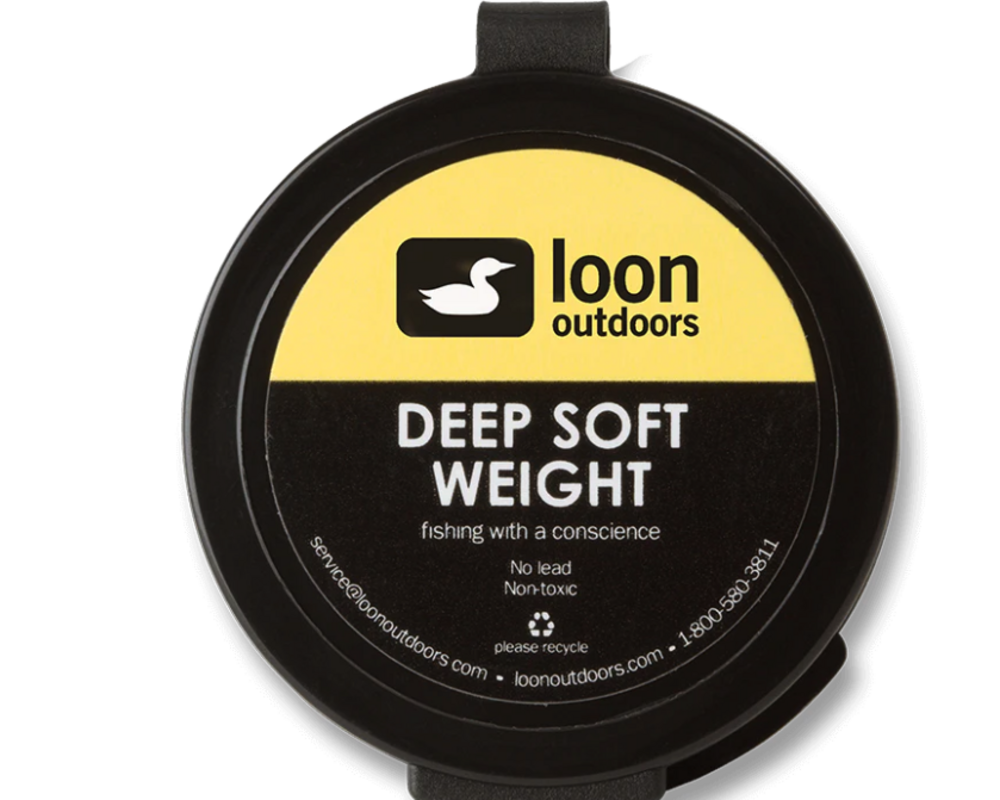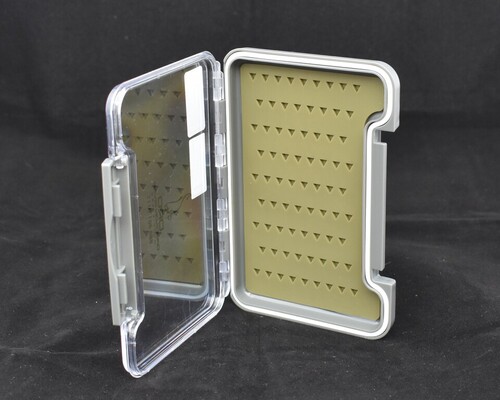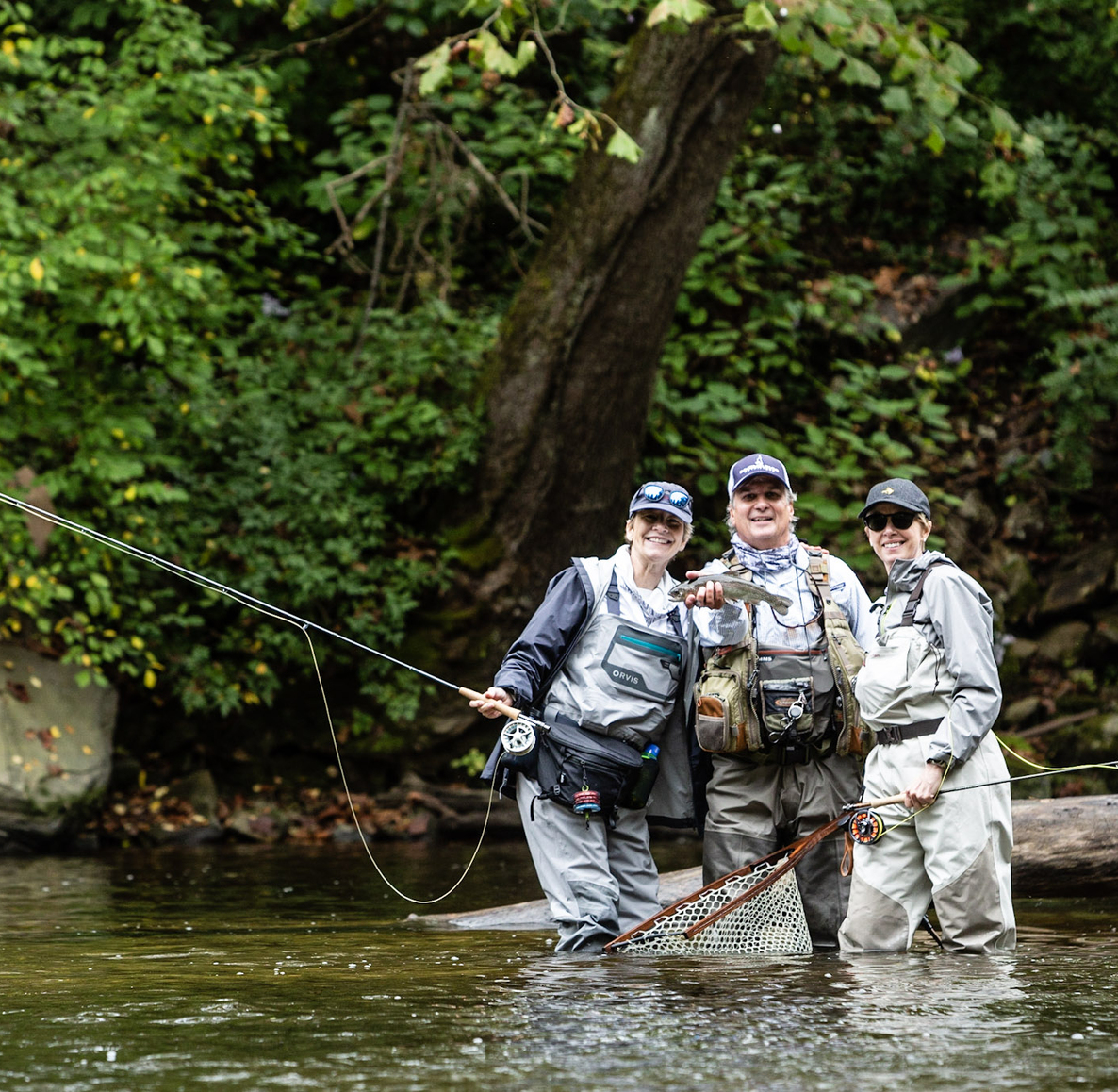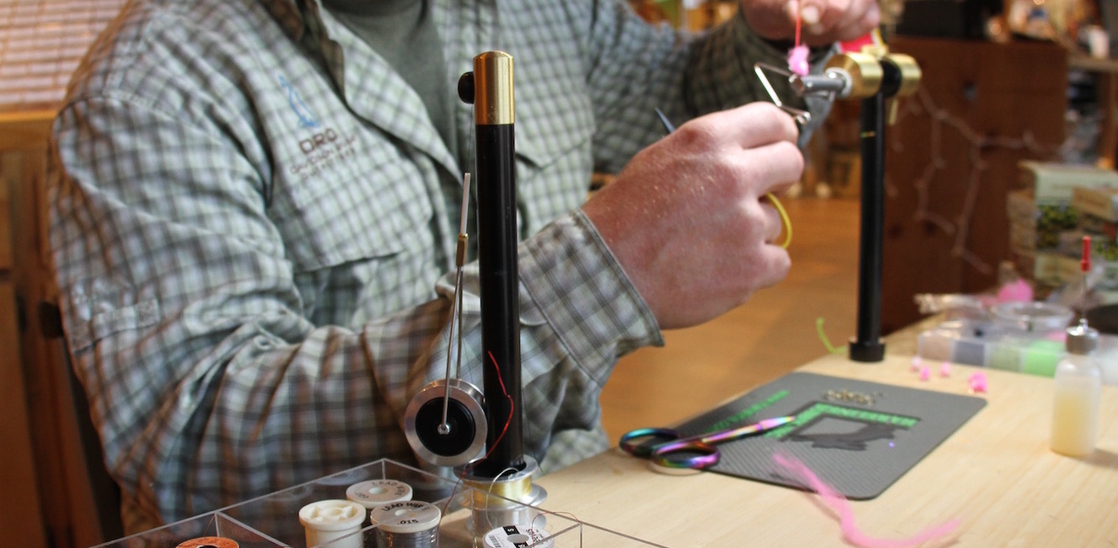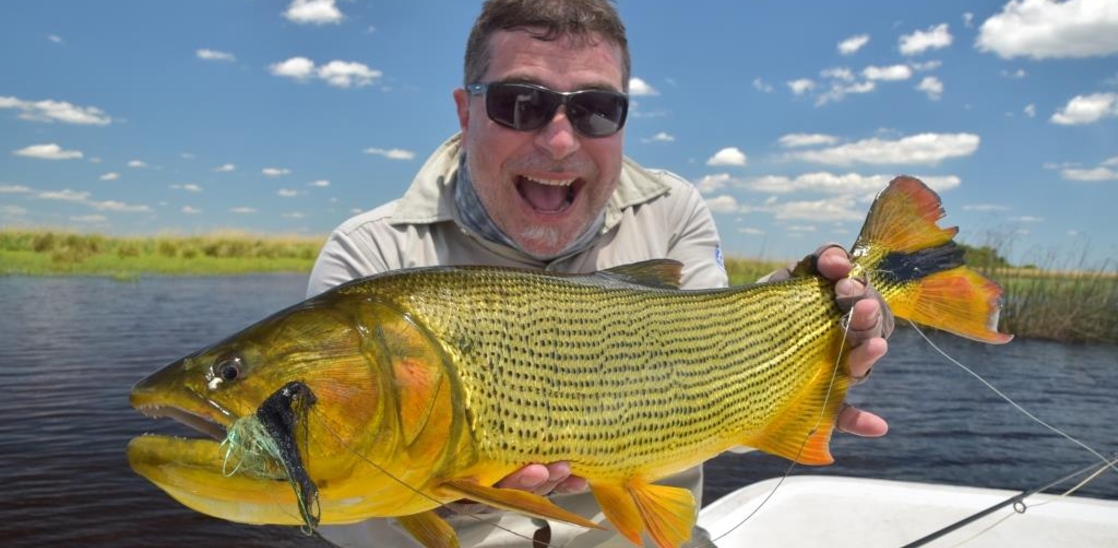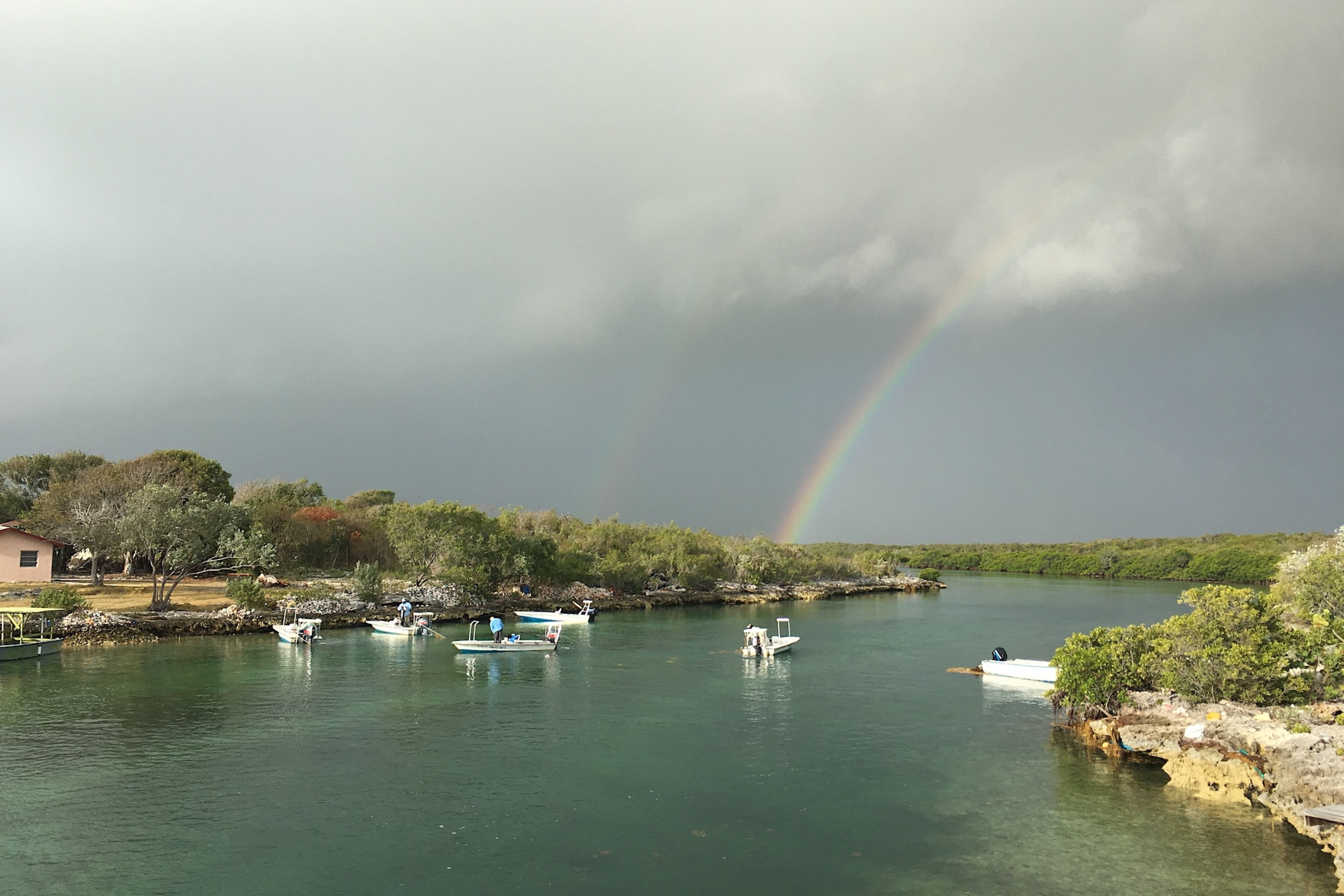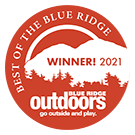You’ve likely experienced this before: you arrive at your favorite spot on the river, but can’t seem to figure out what flies to use, or what the fish are feeding on. Here are five tips (plus a bonus one) for determining what the fish are eating, and what flies to use for the moment.
Tip #1: Observe the bugs in high and low places
When approaching the stream, check the bushes and spider webs for any insects. Specifically observe the following:
- Are there any mayflies trapped in the spider webs?
- Do you see any caddis flies flying out of the bushes when you shake or bump into them?
- How about any stonefly cases on the rocks or logs?
Tip #2: Observe how the fish feed with (and without) the wind
If you notice that the fish are feeding under or around the trees only after the wind blows, then the fish are feeding on ants or inchworms that are being blown out of the trees.
However, if you notice that they are feeding under the trees but there is no wind (or, when the wind is not blowing), then they are feeding on flying insects like beetles or bees.
Tip #3: What’s the weather?
Take special note of weather and water conditions.
As a general rule: you should fish bright colored flies on bright days, and dark colors on gray overcast days. For example: blue wing olives are more active on gray overcast days and hoppers are more active on warm sunny days.
Tip #4: Never underestimate the power of the stonefly
Stoneflies have a three-year life span in the stream, and are available to trout virtually every day of the year. They are also very poor swimmers and are vulnerable to trout when the water is running high.
When nothing else works, a stonefly will usually catch a few fish. Remember that stoneflies live in clear, fast water on the bottom of the stream under rocks, so your fly should be fished near (or on) the bottom.
Tip #5: Keep adding weight to your fly
A lot of times in warm weather, (or when fish are inactive), they lay on or near the bottom of the river. Keep adding weight to your fly until you start catching fish, or until you are continually hanging on the bottom. Inactive fish are as lazy as some humans, and will only move a couple of inches to take advantage of a free meal.
DRO recommends
*Bonus Tip: Have a backup plan
Remember, when the fish will not cooperate, you can always go have an ice cold beer.
Good fishing,
Kevin


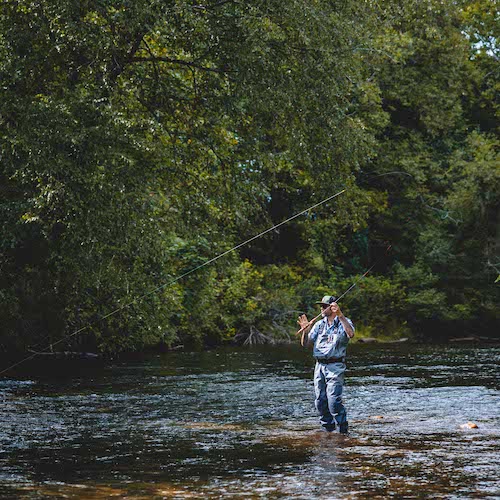 Stream Report
Stream Report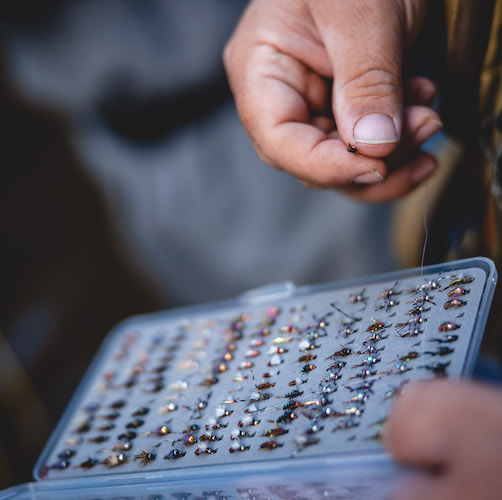 Seasonal Hatches
Seasonal Hatches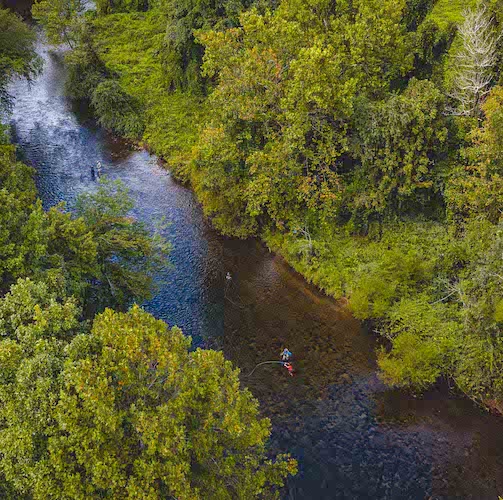 Stream Guide
Stream Guide600185257.jpg)
